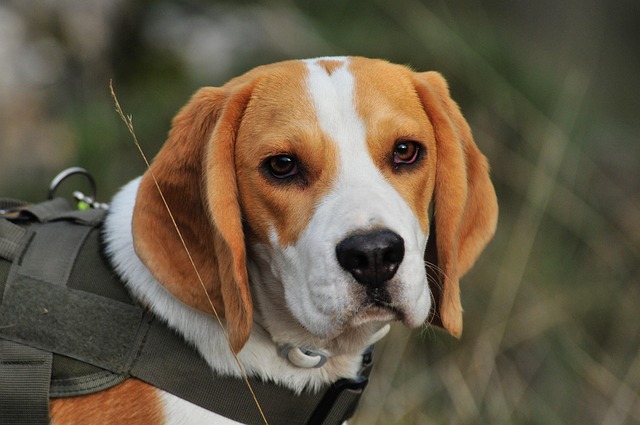
How do i train my dog to be obedient?
Watching your dog dart across the park ignoring your calls isn’t just frustrating—it can put them at risk near busy streets or public spaces.
Picture this: you’re holding a wiggly, 10-week-old Golden Retriever puppy at the end of a leash, and suddenly, they plant their tiny paws and refuse to budge – or worse, zoom off like a furry torpedo. Sound familiar? Teaching a puppy to walk politely before pulling becomes a habit is far easier than fixing it later. Why? Puppies are sponges for learning, but their short attention spans and overwhelming curiosity require smart, gentle techniques. That frantic pulling isn’t defiance; it’s pure excitement meeting a confusing new sensation – that restraint feels unnatural! Your goal is to make the leash mean safety, connection, and adventure, not frustration.
Start inside your living room – no distractions. Let your pup wear a lightweight harness (never just a collar on a young neck!) for short periods without the leash attached, rewarding calmness with tiny, yummy treats (think shredded chicken bits). Once they’re comfortable, clip on the leash and let them drag it around supervised for a few minutes, praising calm behavior. This builds positive association using classical conditioning: leash = good stuff, not scary restriction. Keep sessions under 5 minutes – puppy brains tire fast!
Ready for movement? Hold the leash loosely and take ONE step. If your pup follows, instantly mark with a happy "Yes!" or a clicker, and deliver a treat right at your knee. If they pull forward or freeze, stop immediately. Stand still like a tree, gently holding the leash steady without pulling back. Wait. The moment they glance at you or the leash loosens (even slightly!), mark, reward, and try another step. This teaches operant conditioning: moving near you makes walks happen; pulling makes them stop. Short, successful indoor "walks" to the kitchen or couch are perfect starting points.

Now, the crucial real-world context for US puppy parents. Leash laws aren't just for adults – even your tiny pup must be leashed in most public spaces for their safety and others'. Before hitting the sidewalk, ensure they're up-to-date on vaccinations as required by state law. Always, always carry poop bags – scooping immediately isn't just etiquette, it’s often legally mandated and prevents disease spread in parks or apartment complexes. Crucially, focus solely on positive reinforcement. Yanking the leash, yelling, or using punitive tools like prong collars isn't just culturally unacceptable and potentially illegal in some areas (like many California cities banning certain devices); it damages your puppy’s trust during their critical socialization period. Reward-based training aligns with modern animal welfare standards.
Apartment dwellers, listen up! Narrow hallways and elevators demand extra skill. Practice "let's go" cues indoors first. During potty breaks, keep initial outdoor walks hyper-short (just a few feet from your door) and highly rewarding. Mastering a calm "sit" before entering/exiting doors or elevators prevents darting and earns treats. Community courtesy is key: avoid letting your pup approach leashed dogs without explicit permission ("Can they say hi?"), respect people who seem uncomfortable, and prevent jumping. A simple "She's still learning!" patch on their harness often garners understanding smiles.
Consistency is everything. Multiple mini-sessions daily trump one long, overwhelming walk. Celebrate tiny victories – walking three steps without pulling is huge! Patience and positivity turn leash training into bonding time. Soon, you’ll have a pup who trots happily beside you, ready to explore farmers' markets, hiking trails, or just your block safely. Remember, a puppy who learns leash manners early becomes a dog welcomed everywhere – from Seattle coffee shops to Florida beaches. That well-mannered pup you see strolling calmly past a playground? It all started with these foundational steps. You’re building great habits for life!

Watching your dog dart across the park ignoring your calls isn’t just frustrating—it can put them at risk near busy streets or public spaces.

New puppy owners often find themselves rushing to clean up accidents before they set in, and that’s where puppy pad training becomes a game-changer.

If you've noticed your dog's waistline disappearing and your veterinarian has mentioned those few extra pounds, your first instinct might be to simply reduce the amount of food in their bowl.

Training a dog to use a designated spot indoors isn’t as daunting as many new owners fear, but it does take consistency and an understanding of your pet’s needs.

That moment of dread on a walk is all too familiar for many new dog owners. You see another dog approaching down the sidewalk of your neighborhood

If the sight of another dog on your neighborhood walk makes your heart sink as your own dog erupts into a frenzy of barking and lunging, you're not alone.